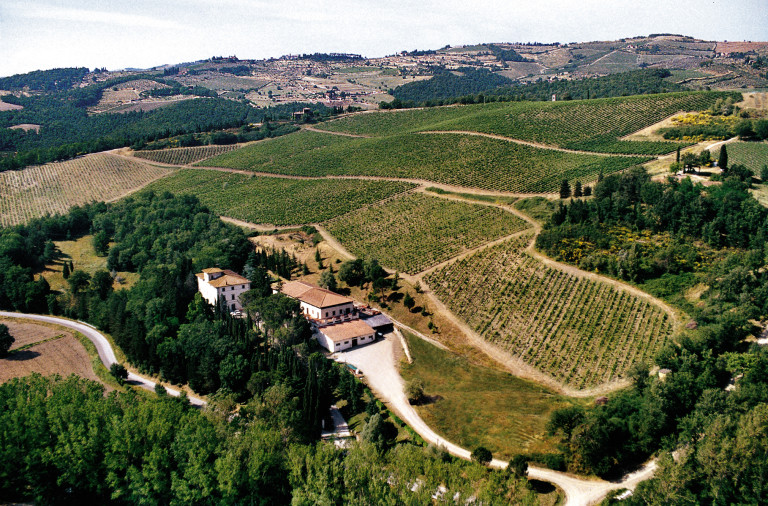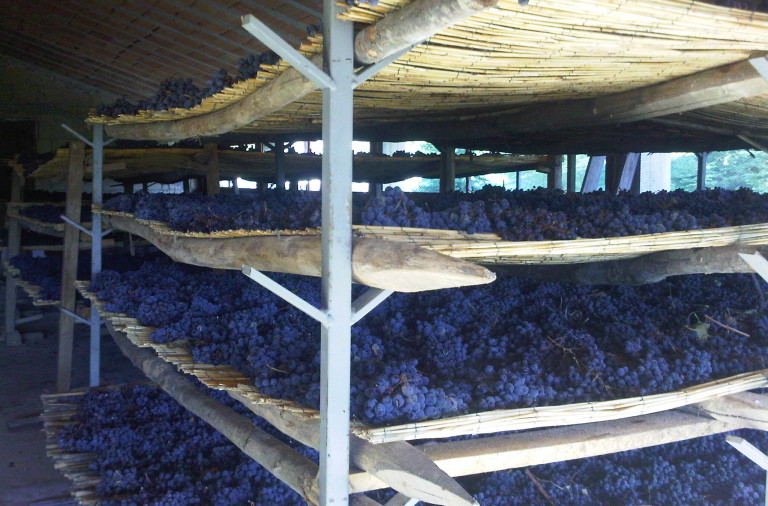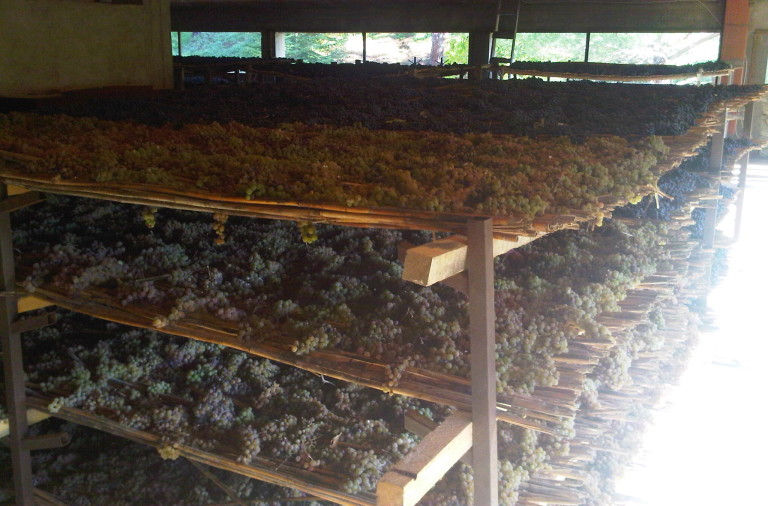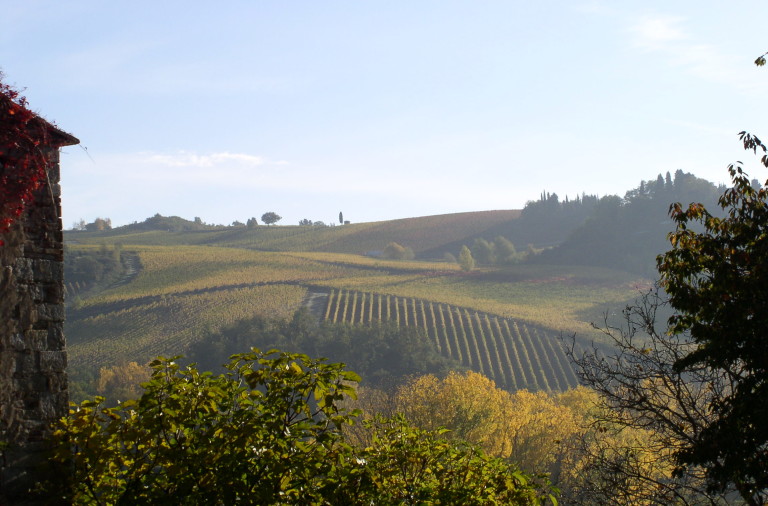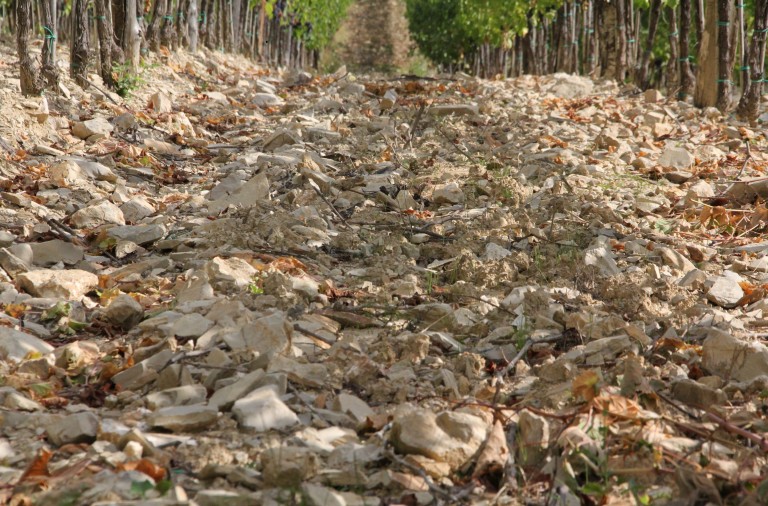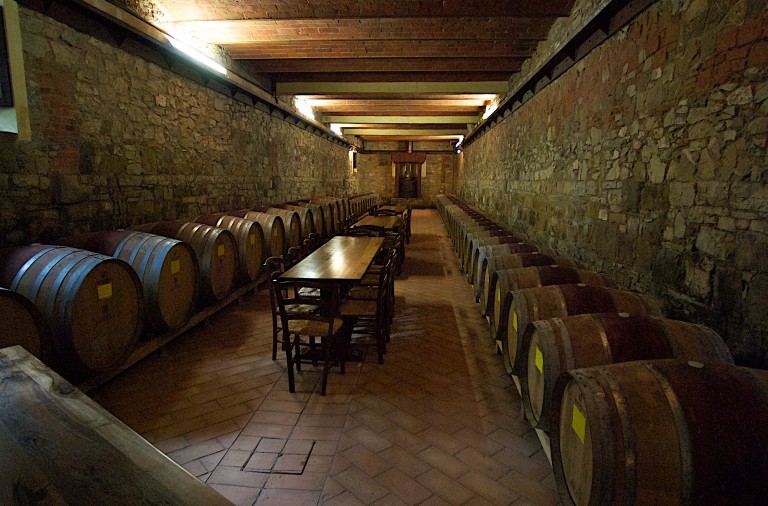Articolo disponibile anche in: Italian
Daniele Ciampi greets us in the splendid context of Monterinaldi, on the road that, after Lucarelli, goes towards Radda in Chianti.
It is here that the vineyards blend in with the forest. His story takes root more than 50 years ago. “ I was very young in 1961”, begins Daniele. “My father Remo worked for an insurance company in Torino, but had a great desire to return to his Tuscany. He decided to look for a house in the country. He had the opportunity to buy from a gentleman who was selling and stopping the vineyard’s activity. There was the villa, Pesanella, more than a dozen farmhouses, fields and very few vines. One must remember that in those years people were leaving the area. There weren’t telephones, roads were non existent”.
It was as if he were hit by lightning; “I would have bought only the house, but the owner, Cavalier Lenzi wanted to sell everything or nothing. My father though about it. The price was really advantageous. He said; I’ve always been one step ahead of myself. Why not now?”.
Here the winery’s path begins: “In 1962 he began to prepare the first specialized vineyards, albeit making a bunch of errors. Here is where the production of Chianti Classico began. In 1967, the first Monterinaldi Chianti Classico label was born”.
Today, the estate extends to 280 hectares, 65 of which boast wine production (almost all Chianti Classico). 20 hectares are olive groves, then there are walnut trees and forest.
Subsequently Daniele arrived at the winery. “I came to live here in 1974. For 10 years I did other things until 1991, when I established myself in winemaking. How have I seen the wine change? We have seen wine change from a product that my grandfather drank to an elite product; it is once again a product to drink”.
What does the future hold? “You need a strong promotion of the brand. I don’t think it is positive to be at war with others. My Chianti Classico? It tries to meet halfway between the old and new. We don’t want an “international” Chianti Classico, but it must be sold out in the world nevertheless. The Chianti of the past is improbable. Clones of Sangiovese don’t exist and neither does the taste of the old “flask” Chianti. We can make a Chianti Classico that satisfies the taste of most people and the international market without an inflated price, without excessive use of wood. And the winery has to brand its own style. In the first place, the wine has to be liked by its producer because then….he must sell it!”.
